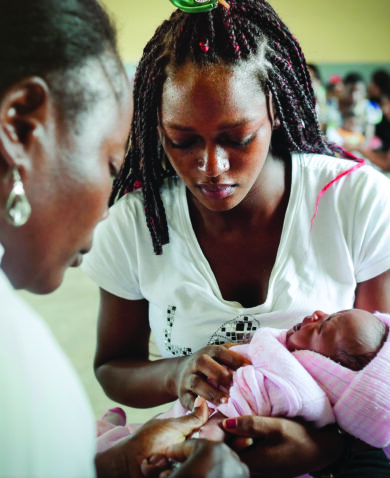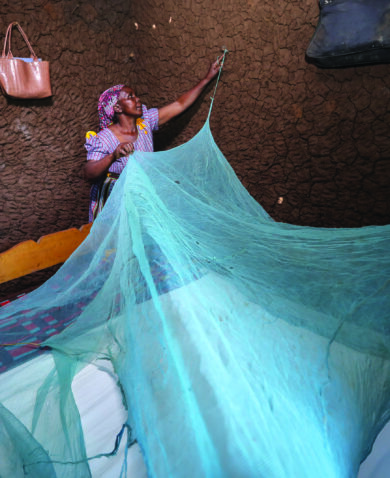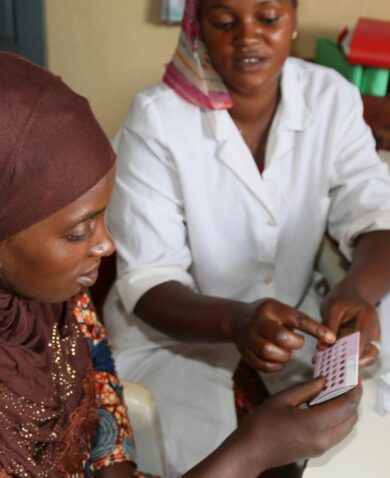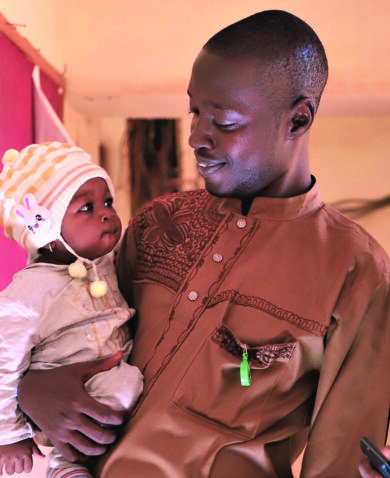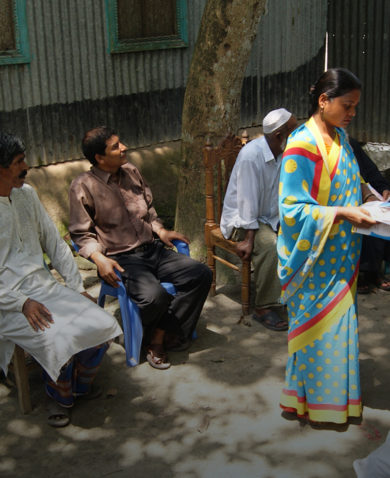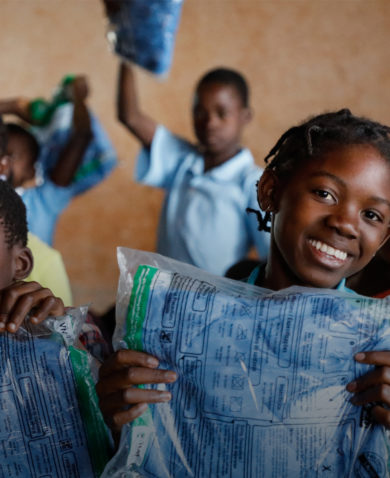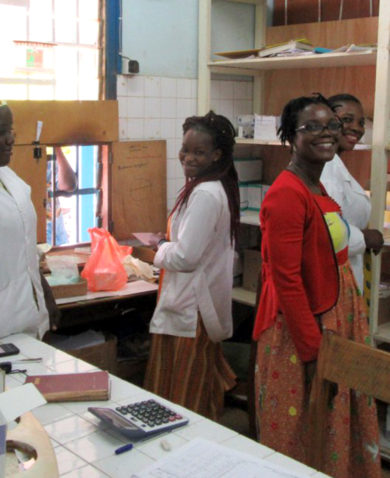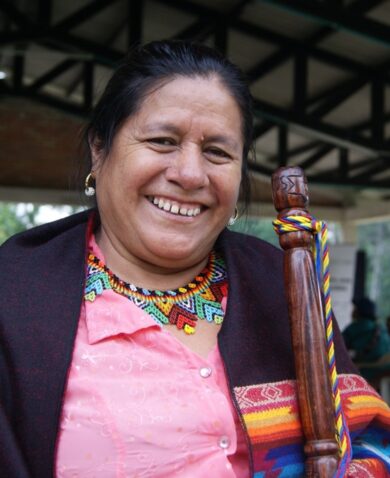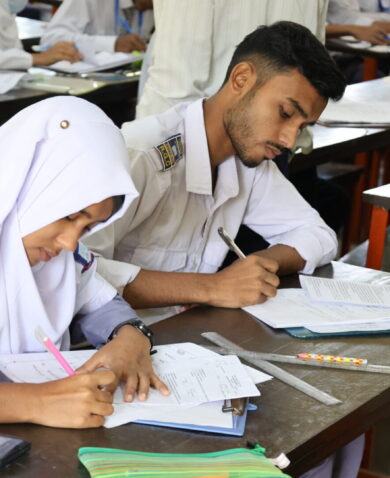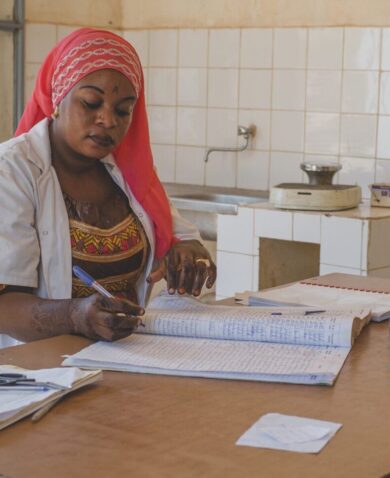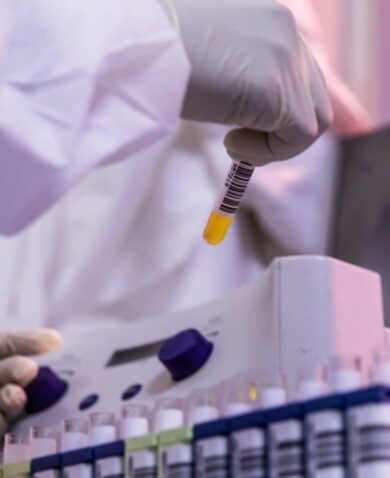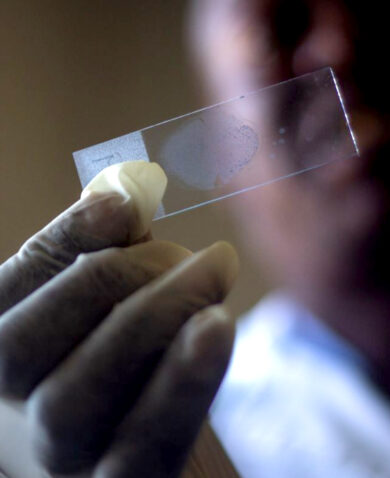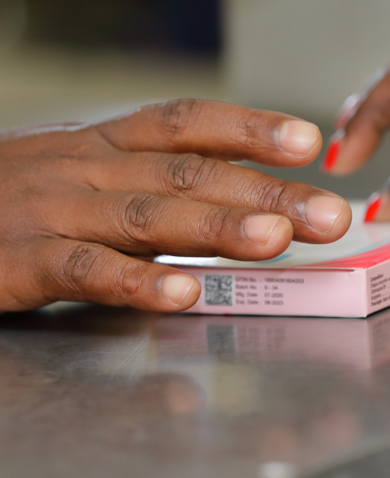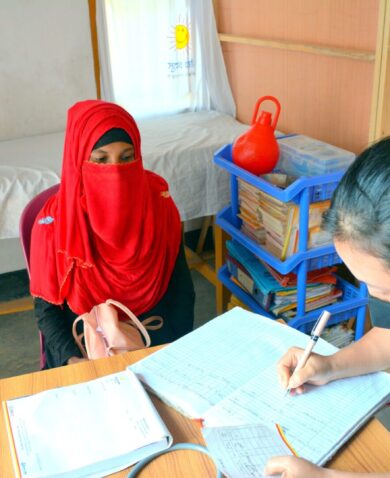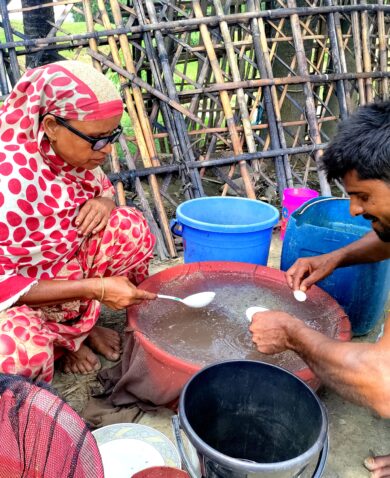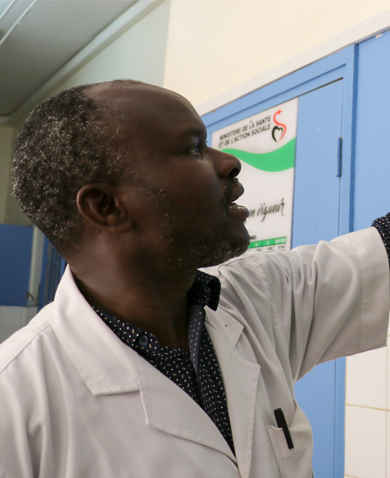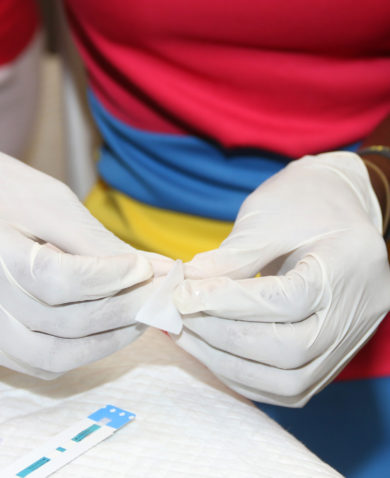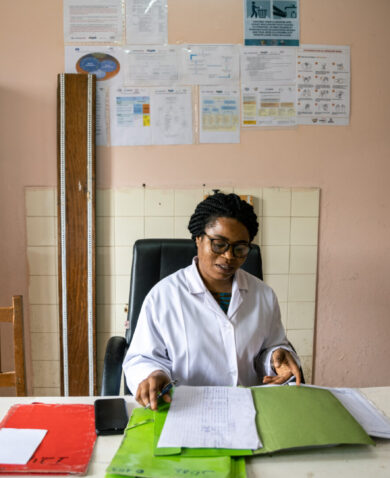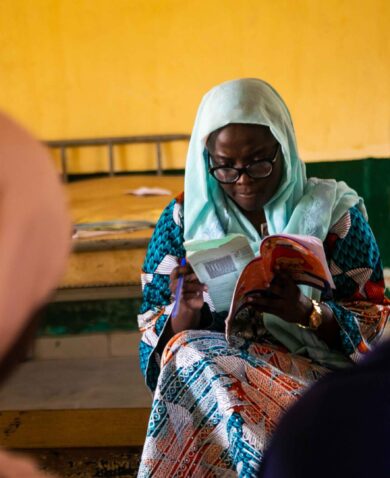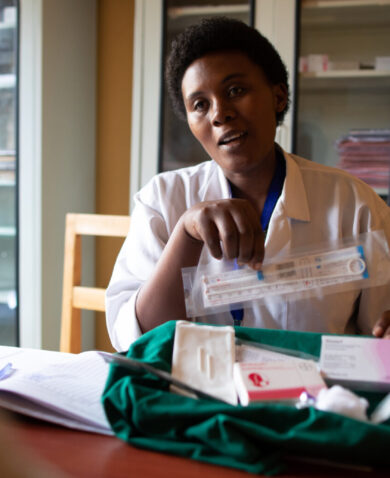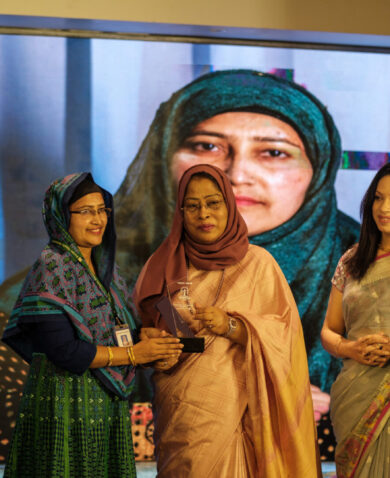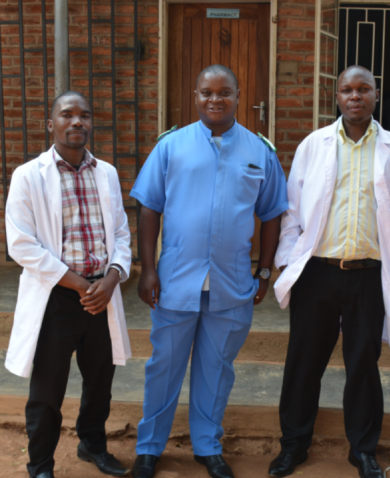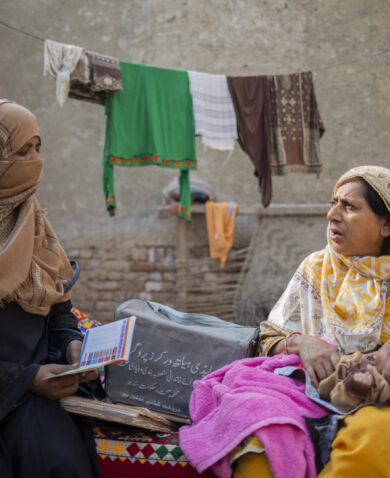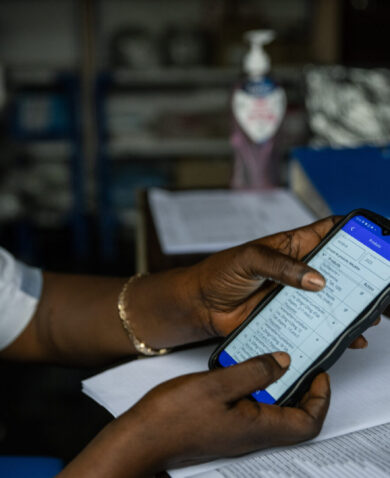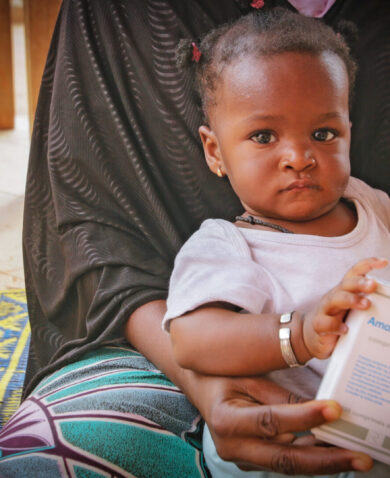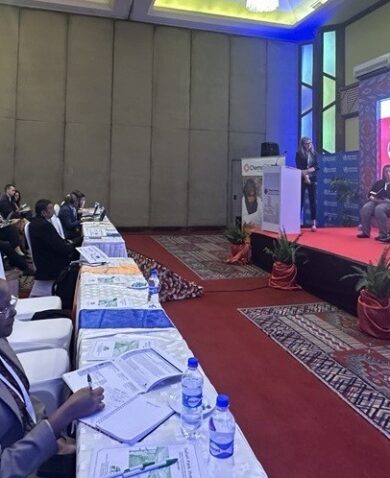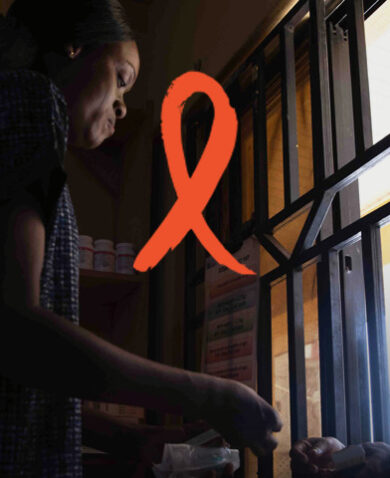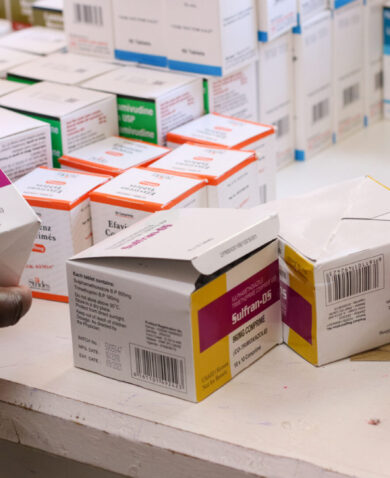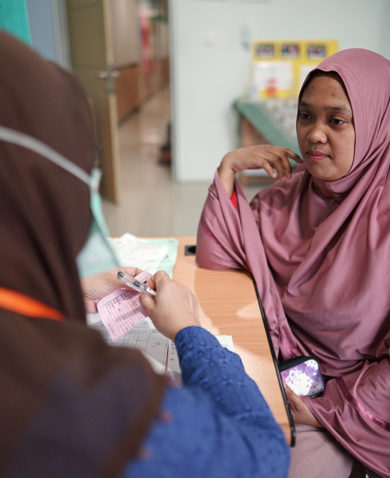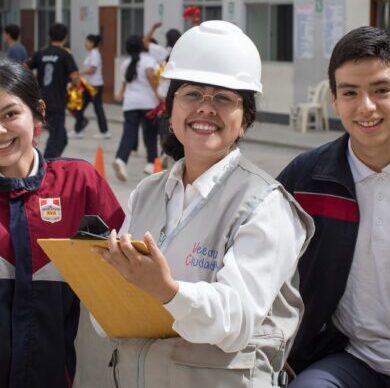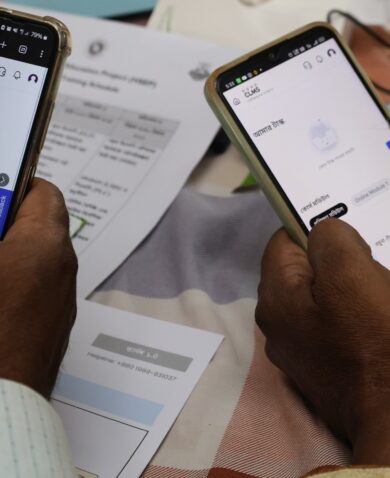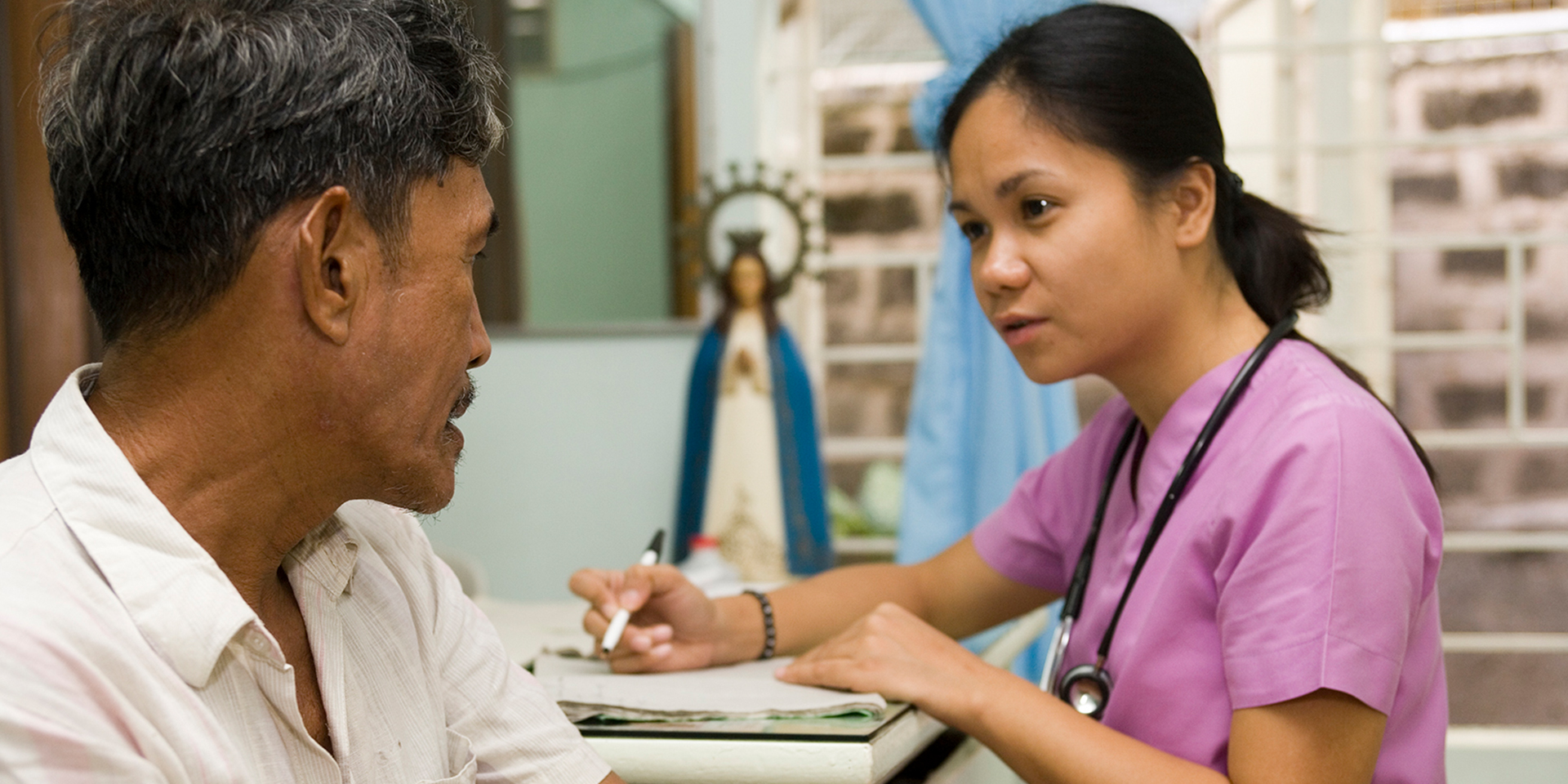
Do We Really Need 39 Million More Health Professionals?
December 1, 2016 | 3 Minute ReadRedistributing tasks beyond professional healthcare workers could help us meet the SDGs.
During the internship year of my medical training, Peru was affected by a severe El Niño. At that time, millions of people living in the poor peri-urban belt of Lima lacked access to clean water and sanitation services. These factors were a recipe for a massive outbreak of diarrheal diseases in children. The pediatric services in the hospital emergency room where I worked received one child affected by mild to moderate dehydration every three minutes. That year, the Ministry of Health introduced oral rehydration therapy (ORT) in the country, and we learned to use it during the outbreak. Hospital doctors, however, feared that ORT could damage the children’s kidneys, so we had to use it with extreme caution. We measured electrolytes in children’s blood, and used a mathematical formula to determine the maximum amount of ORT we could give them every hour.
Twenty years later, I was working in Dhaka, Bangladesh. One day I was affected by diarrhea and had to go home early. Altaf, the driver, asked me if I was feeling well and I shared with him my condition. He stopped by a pharmacy and purchase a handful of oral rehydration solution (ORS) sachets and meticulously explained to me how to prepare and drink the solution. The explanation was clear, to the point, and technically impeccable. “Altaf, where did you learn this?” I asked. “At home, boss,” he told me. “My mother taught it to me when I was a kid.”
Curious about what Altaf told me, I researched who taught mothers about ORT. I found that it was an effort led in the ‘80s by the International Centre for Diarrheal Disease Research, Bangladesh (ICDDR,B) in collaboration with the Bangladesh Rural Advancement Committee (BRAC), which taught 12 million mothers to prepare and administer ORS at home.
I also remember my first visit to the Mulago Hospital in Kampala. I walked through a valley of death — a dark corridor where people infected with HIV and AIDS were waiting to see a doctor but were actually dying in front of me. That image still haunts me, and I feel tears in my eyes when I remember it. Yet, a couple of days later I was in the field, learning from a new type of health worker that was combating the AIDS epidemic. College graduates without a background in healthcare, who were trained, supervised, and supported by The AIDS Support Organisation (TASO), were in charge of following up with HIV patients at home. They developed the skills to assess the household environment, identify risk factors that could prevent clients from adhering to antiretroviral therapy, provide counseling to strengthen healthy behaviors, and also identify signs and symptoms of complications. Those tasks were previously in the realm of the very few doctors available at TASO. When the number of clients living with HIV increased significantly, TASO was forced to change the model of care and incorporate lay health workers.
From a complicated formula administered by hospital ER staff to a remedy administered by mothers at home, ORT is a dramatic example of the devolution of healthcare to non-professionals. It is likely that a significant factor in BRAC’s decision was the shortage of healthcare workers. In their absence, BRAC had no option but to assign that health care task directly to caregivers at home. Similarly, given the shortage of professional health workers, TASO opted for a similar strategy: re-assigning HIV treatment follow-up tasks to laypeople available in the community.
The point of sharing these anecdotes is that empowering mothers to provide ORS at home allowed Bangladesh to reduce under-five child mortality by 70 percent over a 30-year period without the recommended number of professional health workers. In a sense, BRAC added 12 million people to the health workforce, even if that was only for administering ORS.
I wonder whether we can do even better. So far, we have reacted to the lack of professional human resources for health to implement what is called “task shifting.” We have been forced to do it, and in those instances, we have succeeded. But, how long are we going to continue reacting?
The World Health Organization estimates that we need to add 39 million healthcare workers by the year 2030 in order to achieve the health-related sustainable development goals. But, if we switch to a people-centered health system approach, do we really need that number of health professionals?
Today, UNAIDS recognizes that about 70 percent of tasks for HIV prevention, care, and treatment can be delivered at the household and community levels by non-professional cadres. The evidence suggests that we can develop a proactive approach to redistribute healthcare tasks beyond professional health workers, not because we do not have enough health professionals, but because it is the right way of organizing the health system. The health system should not be limited to the provision of health services provided by professionals. If we continue thinking from a facility-based perspective, it is likely that we will have a hard time obtaining the resources to employ, train, and support all the health professionals we need according to estimates. Yet, through redistributing tasks among professionals, laypeople, and caregivers, we can achieve outstanding health outcomes without necessarily increasing the professional health workforce by 39 million.



